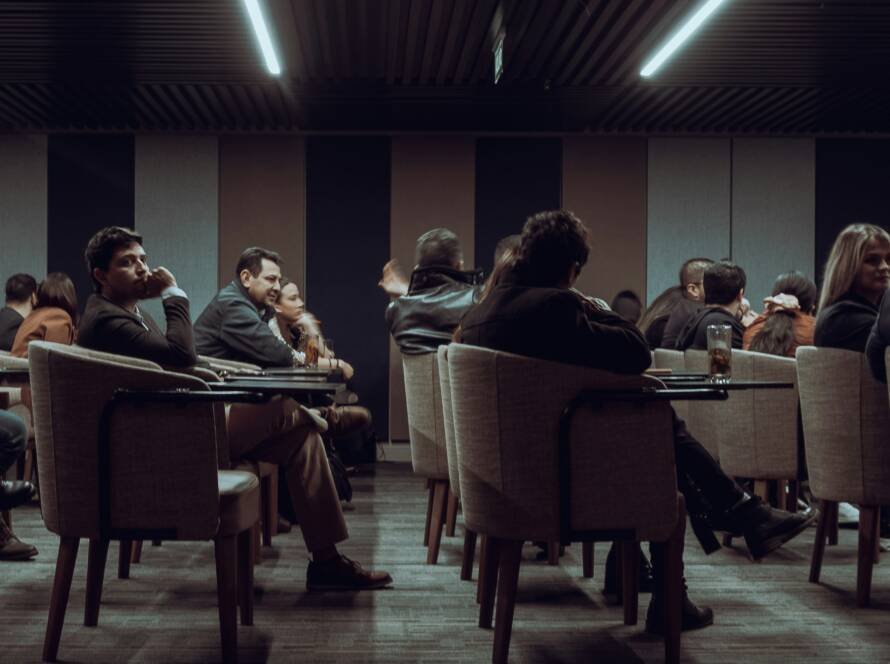Immersive Multisensory Events: Designing for All Five Senses
The future of event design is immersive—and it’s engaging far more than just sight and sound. Top event creators are now designing multisensory experiences that stimulate all five senses—sight, sound, smell, taste, and touch. This holistic approach transforms events from passive gatherings into memorable journeys that resonate deeply with attendees, forging emotional connections and lasting impressions.
Engaging Sight and Sound
Visual and auditory elements remain the backbone of immersive events. Lighting, colors, projections, and dynamic stage designs captivate the eyes, while music, ambient sounds, and spatial audio create mood and build atmosphere. The interplay between sight and sound sets the tone and draws attendees into the narrative, making every moment vivid and impactful.
Advances in technology enhance these senses through 3D soundscapes, interactive light shows, and immersive video mapping that respond to attendee movement and energy, synchronizing the environment with the flow of the event.


Stimulating Smell and Taste
Scent is a powerful trigger for memory and emotion, yet often overlooked in event design. Incorporating tailored fragrances—whether subtle ambient aromas or scent stations—can evoke moods that complement the event’s theme. Imagine a floral fragrance wafting through a garden gala or the smell of fresh coffee energizing a morning conference.
Taste activates a key gateway to cultural connection and emotional engagement. Multisensory events curate menus that align with the narrative, whether through themed food and drink pairings or interactive tasting experiences. This adds a tangible layer of authenticity and delight.
The Power of Touch
Tactile experiences deepen immersion by engaging attendees physically. Textures, temperature, and interactive materials—such as soft fabrics, sculptural installations, or temperature-controlled elements—invite participants to connect with the event environment on a personal level. Touch-based activities, like crafting stations or virtual reality haptics, foster engagement and create moments of discovery.
Events that awaken all five senses don’t just capture attention—they create deeply personal memories that last long after the lights go down.

The Power of Touch
Tactile experiences deepen immersion by engaging attendees physically. Textures, temperature, and interactive materials—such as soft fabrics, sculptural installations, or temperature-controlled elements—invite participants to connect with the event environment on a personal level. Touch-based activities, like crafting stations or virtual reality haptics, foster engagement and create moments of discovery.
Creating a Cohesive Multisensory Story
The true art of multisensory event design is harmonizing all five senses into a seamless, coherent story. The challenge lies in balancing sensory inputs without overwhelming attendees, ensuring each sense enhances the narrative rather than competing for attention. Skilled designers choreograph sensory cues to guide emotional arcs and deepen audience connection.
Benefits Beyond Engagement
Designing for all five senses elevates not only engagement but also memory retention and emotional resonance. Studies show multisensory experiences help people recall events with greater clarity and feeling. This makes events more effective for brand storytelling, education, and community building.
Furthermore, multisensory design encourages inclusivity by offering multiple pathways for connection, accommodating different preferences and abilities.




